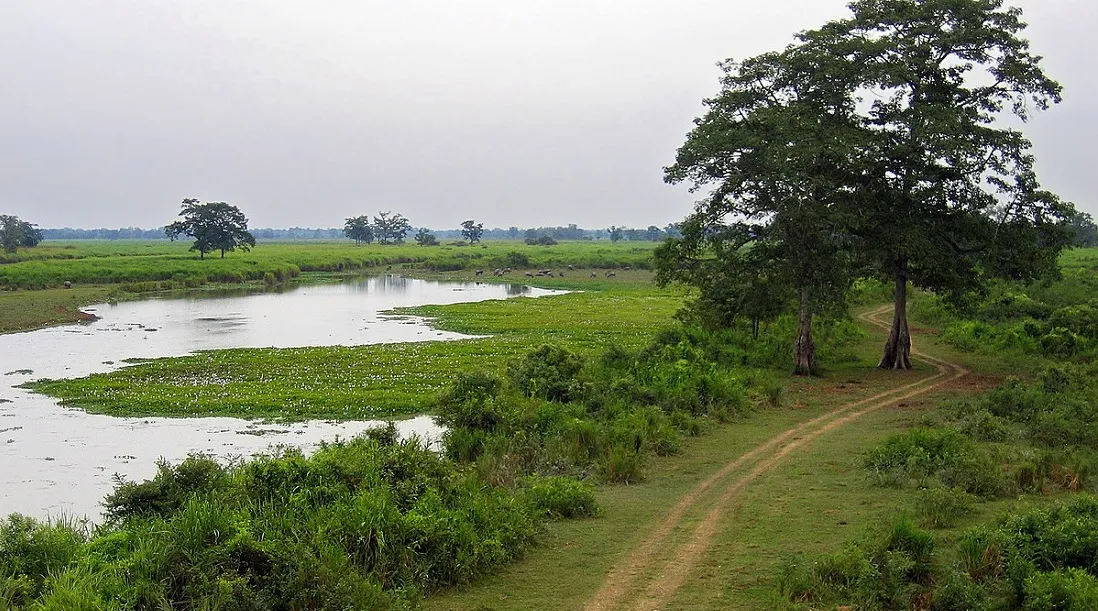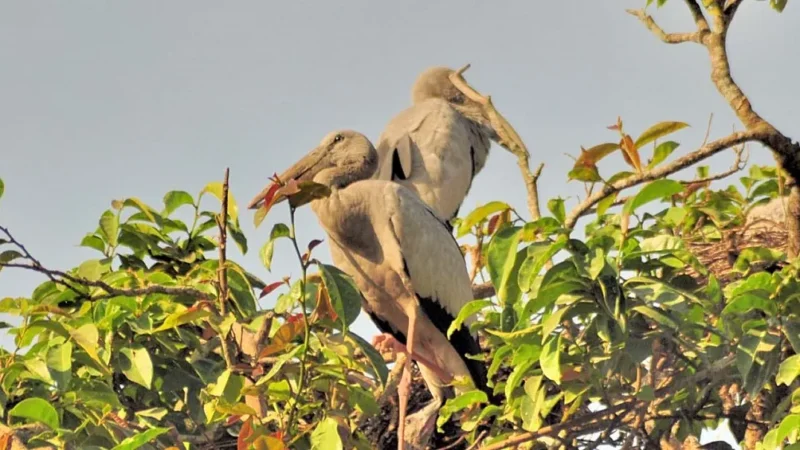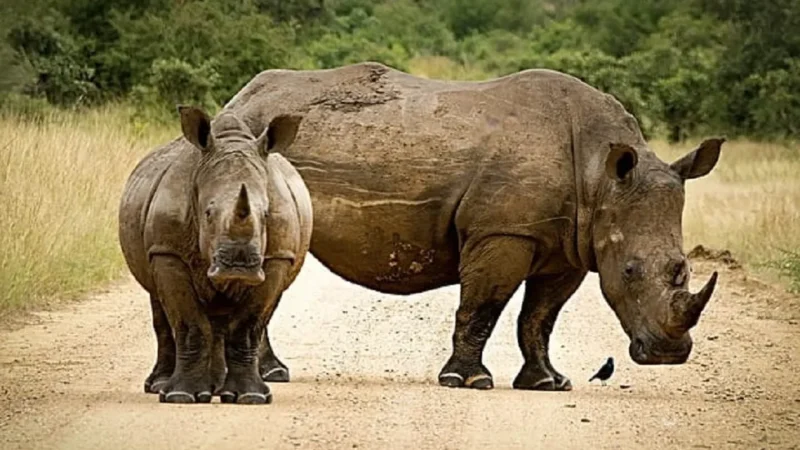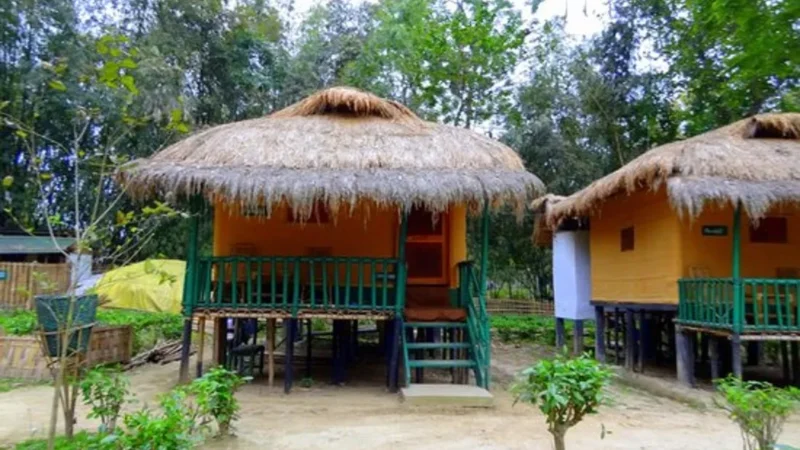Kaziranga National Park River

River at Kaziranga National Park -
Kaziranga National Park is located in the Brahmaputra River’s floodplains, one of the world’s largest rivers. The river runs along the southern boundary of the park and has a significant impact on the ecology of the park.
Here are some details about the Brahmaputra River and its significance for Kaziranga National Park:
- Size and location: The Brahmaputra River is one of the largest rivers in the world and is approximately 2,900 km long. It flows through China, India, and Bangladesh and is an essential water source for millions.
- Impact on Kaziranga National Park: The Brahmaputra River plays a crucial role in the ecology of Kaziranga National Park. The river brings in nutrient-rich sediments during the monsoon season, which helps replenish the park’s soil and support vegetation growth. The river also provides water to the park’s wetlands, an essential habitat for many species of animals and birds.
- Floods: The Brahmaputra River is prone to floods, which can significantly impact Kaziranga National Park. During floods, large areas of the park can be inundated with water, displacing animals and damaging infrastructure. However, floods also play an important role in shaping the park’s ecology, and the park’s flora and fauna have evolved to adapt to these natural events.
- Activities: Visitors to Kaziranga National Park can enjoy various activities on the Brahmaputra River, including river cruises, kayaking, and fishing. These activities allow visitors to experience the beauty and majesty of the river and its surroundings.
In summary, the Brahmaputra River is vital to Kaziranga National Park’s ecology and is crucial in supporting the park’s diverse range of flora and fauna. It is also a popular destination for visitors to the park, who can enjoy various activities on the river.






